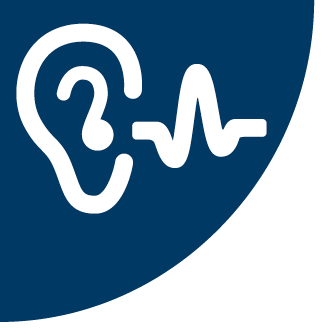NEWSWATCH
PHYSICAL HAZARDS

NIOSH Finds Overexposures to Noise among Hammer Forge Workers
NIOSH staff recently identified overexposures to noise at a hammer forge company when the agency’s Health Hazard Evaluation (HHE) Program responded to a union’s concerns regarding exposures to impact noise and continuous noise, hearing loss, and whole-body vibration at the facility. The company, which had been in operation for more than 100 years at the time of the agency’s evaluation, produced customized impression die hot metal forgings made from carbon or alloy steel. Of the workers NIOSH monitored, employees in all jobs except machinists had full-shift noise exposures exceeding the NIOSH recommended exposure limit (REL) for an 8-hour shift of 85 decibels, A-weighted (dBA), and the OSHA action level (AL), which is also 85 dBA. NIOSH found that noise exposures for employees in all jobs except machinists and die repair were above the OSHA permissible exposure limit (PEL) of 90 dBA. Hammer operators, trim press operators, and heaters were exposed to noise above 100 dBA, and peak noise levels during hammer impacts reached 148 dBA.
“Because of the high noise exposures and high impact noise levels, overall hearing levels among employees worsened with age and length of employment,” NIOSH’s report reads. “Some employees had hearing loss within the first five years on the job, including employees under age 25.”
On average, employees’ exposures to whole-body vibration were below recommended guidelines set by the Commission of European Communities and the U.K.’s Health and Safety Executive. Exposures to hand-arm vibration at the facility’s grinders sometimes exceeded ACGIH’s threshold limit value (TLV) of 4 m/s2 for daily exposure durations of 4 to 8 hours, but were below the TLV of 6 m/s2 for daily exposure durations of 2 to 4 hours. According to NIOSH, this indicates that exposures could exceed the TLV when workers grind for more than four hours during one shift.
The NIOSH report recommends that the employer implement engineering controls, including the installation of vibration isolation pads or mats on the company’s hammer work platforms and vibration control measures in the machine grinder area.
“Exposure and risk from hand-arm vibration can be reduced by control measures such as efficient grinding wheels with suitable hardness and grit size, properly balanced spindles, and work rests mounted independently from the grinder,” according to the NIOSH report. “In addition, limiting long periods of continuous exposure, limiting total daily exposure time, and using gloves that keep employees’ hands warm and dry can also reduce risk.”
The agency also recommends maintaining equipment to eliminate unnecessary rattles and leakages of compressed air. Forge employees should be required to wear dual hearing protection, and all workers should be properly trained on how to wear hearing protection.
Further recommendations and details on NIOSH’s evaluation can be found in the agency’s report, which is available as a
PDF
. More HHE reports are available on NIOSH’s website
.
thesynergist | TOC | NEWSWATCH | DEPARTMENTS | COMMUNITY

